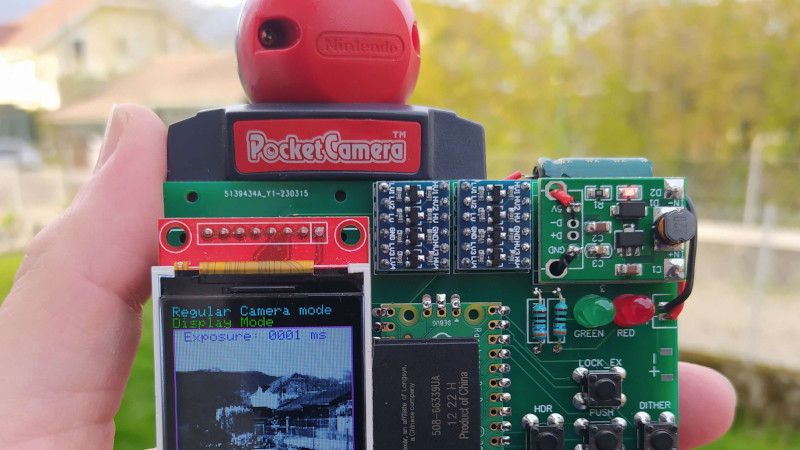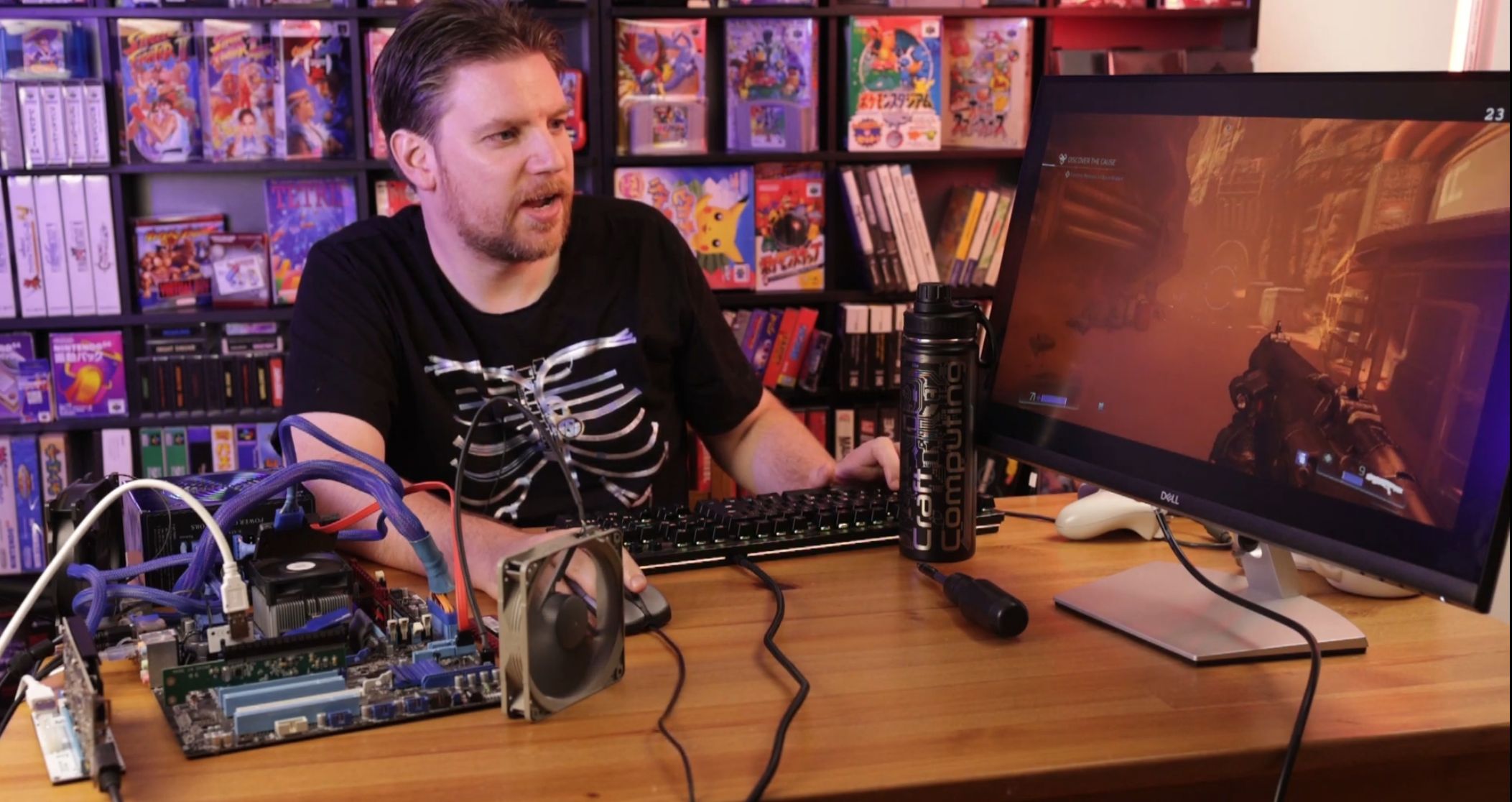Sunday 2023-07-30 – Link List
Blogging Intensifies Link List for Sunday 2023-07-30
30-Jul-2023 – Antarctica is Missing an Argentina-Sized Amount of Sea Ice This Year
Brief Summary: “The world just broke “another terrifying climate record,” reports CNN:
Antarctic sea ice has fallen”
30-Jul-2023 – Is AI Dangerous? James Cameron Says ‘I Warned You Guys in 1984 and You DIdn’t Listen’
Brief Summary: “”Oscar-winning Canadian filmmaker James Cameron says he agrees with experts in the AI field that adv”


